If you listened to the health coach panel at the recent Cranford, NJ food event, you may recall me saying EAT WEEDS in response to a question about how to better afford organic food.
I meant it.
Educating ourselves about the already growing garden is a step by step process. It is more important to get familiar with one plant at a time, and work with it regularly, than to try and overwhelm ourselves by taking on too much at once.
Let’s start with the ever familiar dandelion. Its leaves and flowers make it one of the most familiar plants to the foraging brain. In our society, we have let go of much valuable plant wisdom, but somehow the dandelion prevails in our minds.
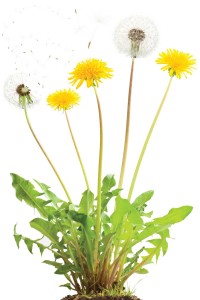 The enemy.
The enemy.
Those who see this plant as an enemy fail to benefit from the health properties of this free and nutritious food, loaded with multivitamins. Did you know that dandelion is just as nutritious as KALE?
Yes! The one we pay big money for. Not only that, but it’s extremely high in magnesium and has more calcium than milk. These greens, when not mowed, become quite large and make a great salad. In fact, the dandelions in your back yard are the same ones that are commercially grown and brought to supermarkets, but more nutritious.
Isn’t it more efficient and sensible to get fresh dandelions from your own back yard?
Discussing the plant’s benefits goes beyond the scope of this article, however I encourage every one of you to look further and become familiar with the properties of dandelion greens and roots.
It would be a profound act of trickery to convince you to destroy medicinal food growing for free on your front lawn, or to convince you that they are unworthy or unacceptable. Indeed, the truth is that nothing but a garden grows all around us. The misconception about weeds does nothing more than to enslave people to large-scale industry, which promotes food exoticism in place of “get it from your back yard” practice.
These wild plants generally taste stronger. This is due to the presence of more calcium, magnesium, and other phytochemicals, which actually makes them more nutritious and medicinal.
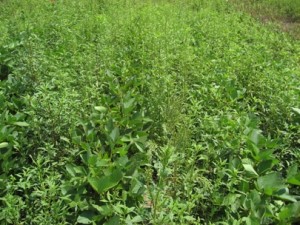 We all often hear about mineral deficiencies, but many people are unaware that “genetic dulling” and the modern treatment of cultivated foods may be some of the big contributing factors that lead to these deficiencies. Generations of humans, choosing to select plants for sweetest taste, have caused significant genetic and nutritional degradation to the foods we eat. Cultivated plants produce larger volume and typically a more mild flavor, which makes them economically desirable. However, they also grow top-heavy and have weaker roots (their mineral sequestering power), which makes them less nutrient-dense.
We all often hear about mineral deficiencies, but many people are unaware that “genetic dulling” and the modern treatment of cultivated foods may be some of the big contributing factors that lead to these deficiencies. Generations of humans, choosing to select plants for sweetest taste, have caused significant genetic and nutritional degradation to the foods we eat. Cultivated plants produce larger volume and typically a more mild flavor, which makes them economically desirable. However, they also grow top-heavy and have weaker roots (their mineral sequestering power), which makes them less nutrient-dense.
We have inadvertently sacrificed a great deal of health to appease the instant gratification of our tongue’s sweet and salt receptors.
The large disconnect between society and food stems from intensive management and agricultural practices dating back to Germanic and Dutch farming. What modern people may not know, or consider important enough to recognize, is that the amount of effort put into intensive agricultural farming is not necessarily more effective or efficient than carefully cultivating and managing an already growing landscape. There is no argument that these practices score low on a sustainability level, as has become profoundly obvious in light of mono-cropping practices, as well as requiring profound amounts of shipping and exhausting resources that could be put to better use.
An alternate practice, which is less commonly understood, is often referred to as food forestry, or agroforestry, in the permaculture community. This practice is similar to what our native ancestors practiced as a more efficient and effective practice of “land and food management.” With this said, there are many paradigms of sustainable practices in a local area.
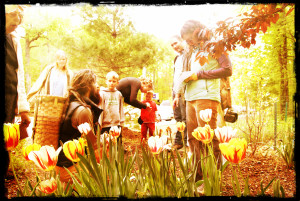 We can start with our back yards and allow the plants that grow there to become a source of food and medicine. Plants can be easily turned into nutritious meals, snacks and salads, teas, tinctures, dried herbs, and salves. With a little research and ingenuity, we could all put a great dent in our healthcare and food costs; and expand that exponentially each year.
We can start with our back yards and allow the plants that grow there to become a source of food and medicine. Plants can be easily turned into nutritious meals, snacks and salads, teas, tinctures, dried herbs, and salves. With a little research and ingenuity, we could all put a great dent in our healthcare and food costs; and expand that exponentially each year.
For those who live in apartments, there are great options such as rooftop and windowsill gardening, where even a few pots can yield a wonderful amount of fresh green food. Along with this, sprouting legumes such as mung beans, lentils, and even chickpeas can increase the availability of fresh food in the home. Roughly, 1 cup of dry mung beans equals 3-4 cups sprouted mungbeans. This greatly increases the amount of food that we can “grow” in a small area and saves us money. But not only that, it also invites a sense of self-reliance into our lives, which many feel they are missing.
If we come from a place where every little bit helps, then we can begin to really develop and grow our knowledge and capacity as local cultivators and start to feel more in charge of our lives. Perhaps it is, most importantly, about a sense of freedom and realizing what we are capable of. If we can all take small steps, then we will increase community resilience, and even come up with an excuse to share, and even trade with our neighbors.
 Dan Farella is a Forager, Herbalist, and Teacher, dedicated to working with Nature to serve in reuniting the people with the planet. Dan teaches through Return to Nature, providing classes in foraging and herbalism, making homemade remedies from herbs, training in fermentation and kombucha classes, and teaching primitive and survival skills. He also makes and sells/barters herbal products, gives nutrition and health consultations, mentors privately, and gives in-home custom group herbalism classes. Check out Dan’s website, find him on Facebook, and contact him at Dan@Returntonature.us.
Dan Farella is a Forager, Herbalist, and Teacher, dedicated to working with Nature to serve in reuniting the people with the planet. Dan teaches through Return to Nature, providing classes in foraging and herbalism, making homemade remedies from herbs, training in fermentation and kombucha classes, and teaching primitive and survival skills. He also makes and sells/barters herbal products, gives nutrition and health consultations, mentors privately, and gives in-home custom group herbalism classes. Check out Dan’s website, find him on Facebook, and contact him at Dan@Returntonature.us.
Photo credit: earth.com

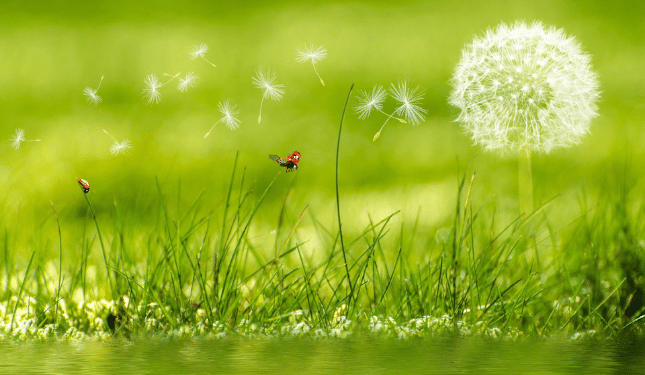


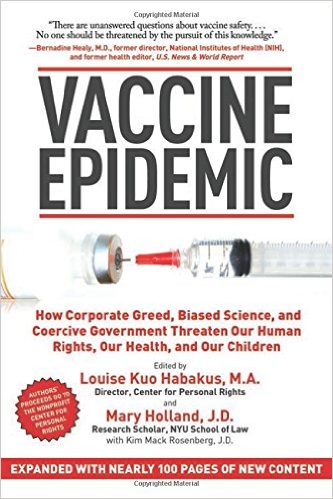






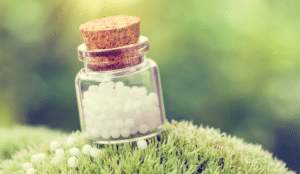

June 11, 2014 7:17 am
Comments 0